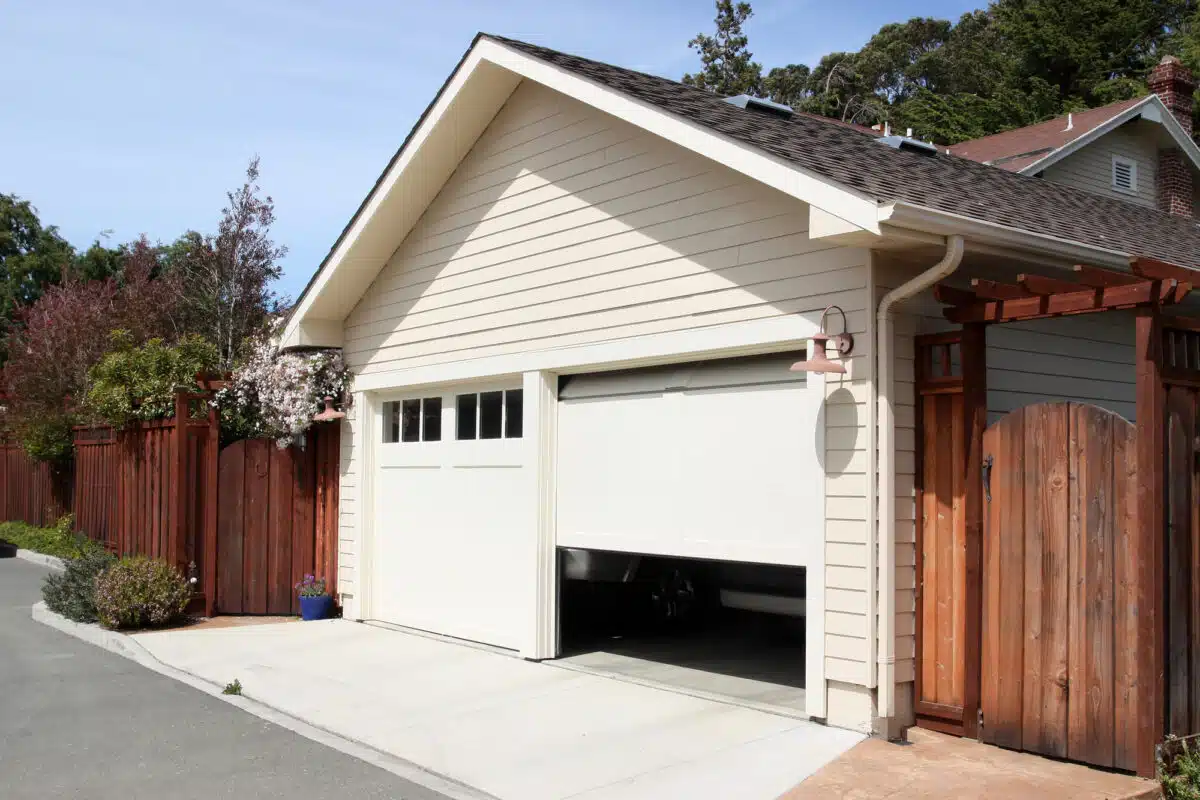9 Ways To Reduce Condensation in Your Garage
Finding condensation in your garage? It happens. In fact, condensation problems in garages are relatively common. Being a top-rated garage door repair and installation company serving the entire Tampa area since 2006, we’ve seen it all. Whether you’ve been wracking your brain on the source, or wondering how to solve the issue, first know that there are several potential causes of condensation buildup:
- Changes in outside temperature
- Rising humidity
- Damp vehicles
- Running appliances
While many factors may play a role in finding water in your garage, the main issue is finding a potential resolution. Our team has put together 8 common solutions to garage condensation issues – check them out below.
- Inspect Drainage
The first thing you may want to inspect is the drains in your garage. If there is a clog blocking the flow of water, then it is possible increased temperatures are having an evaporative effect on the water in the pipe, causing condensation.
- Check for Plumbing Issues
If your drains seem free of any clogs, then look for leaks in any existing plumbing. Many garages have water lines in the walls bordering the house. If your garage is drywalled, then you may be able to use a thermal camera to search for cold spots, which could show a leak.
- Check Ventilation
Sometimes fans or vents cease to function. Make sure that your ventilation equipment is still in good working order. If it has been a while since you cleaned, dirt or cobwebs may have clogged the system, resulting in inadequate performance.
- Control the Temperature
You may want to install a heating and cooling system in your garage if the condensation problem is bad enough. Without intervention, moisture problems can lead to mold growth.
- Install a Dehumidifier
Dehumidifiers are great appliances that suck the moisture out of the air. These devices allow you to set an expected moisture level in your garage, potentially eliminating any condensation issues altogether.
- Use a Floor Coating
In the humid summer months, a concrete slab can hold moisture. Using a floor coating, like epoxy, will seal the surface of the concrete, preventing any of that extra moisture from seeping into your garage.
- Use a Vapor Barrier
A vapor barrier is a type of insulation that is designed to keep interior spaces dry. However, it needs to be installed correctly to be effective. It is often best to leave insulation installation to the professionals.
- Eliminate Old Appliances
While people love to have fridges and freezers in their garages, it is best to use new appliances. Older units may have worn seals, which will only contribute to excess moisture in your garage.
- Replace Garage Door Weather Stripping
While garage doors are not airtight, ensuring you have proper weather stripping can help reduce garage condensation.
There are many reasons you may have condensation in your garage, however, it may start with the actual main entrance – the garage door. Whether it’s weather stripping your garage door (as mentioned above in tip #9), or time for a new door altogether, the garage door repair and installation experts at Bayside Garage Doors are happy to help.
If you have an inquiry related to your garage door, contact our experts at Bayside Garage Doors online, or call (813) 433-7395 today!











